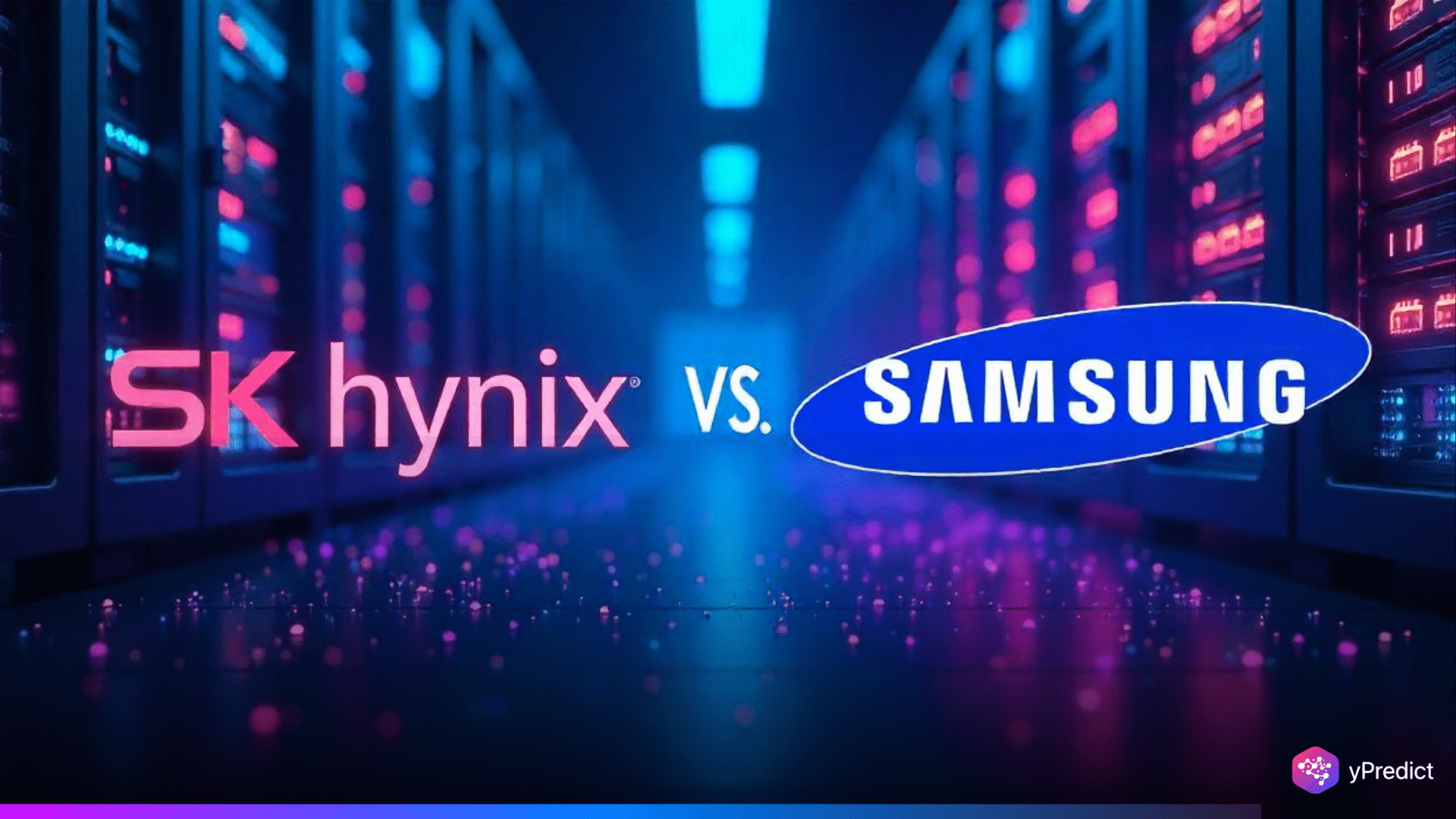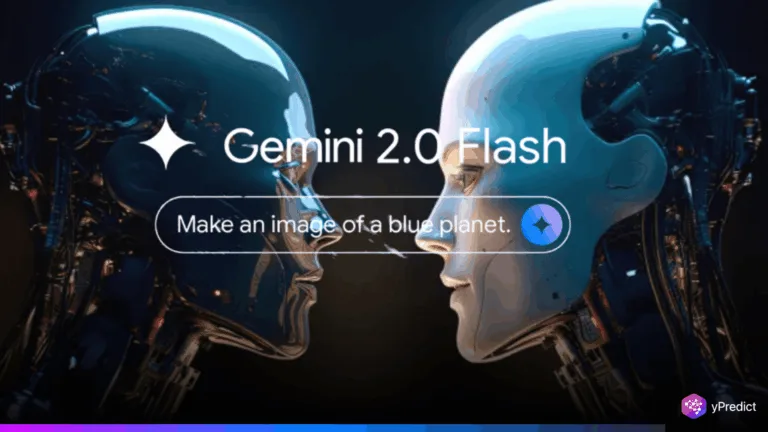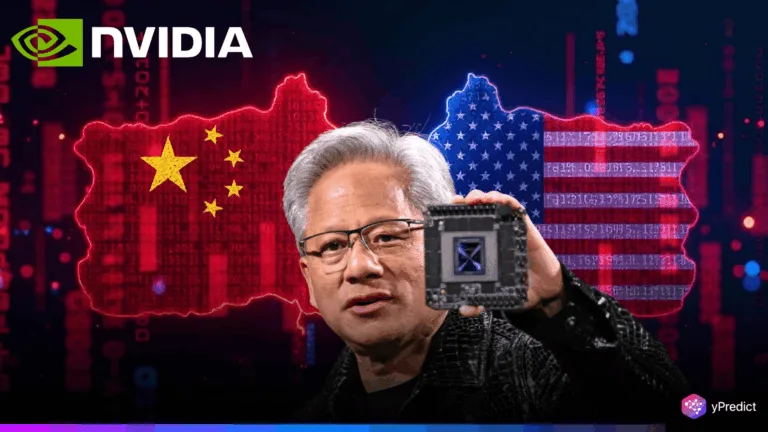
In a significant development, SK Hynix has surpassed Samsung Electronics to become the leading DRAM chip manufacturer globally, marking the end of Samsung’s long-standing dominance in the sector. This milestone, achieved in the first quarter of 2025, underscores the increasing influence of artificial intelligence (AI) within the semiconductor industry.
SK Hynix’s rise is driven by the surging demand for high-bandwidth memory (HBM) chips, which are crucial for AI applications. This marks a historic moment for SK Hynix as it claims the top spot as the world’s premier DRAM supplier.
AI Memory Demand Propels SK hynix to Market Leadership
SK Hynix surpassed Samsung Electronics as the largest dynamic random-access memory (DRAM) maker globally. Based on Counterpoint Research data from the first quarter of 2025, SK Hynix led the global DRAM market at 36%, narrowly surpassing Samsung’s 34%, ending Samsung’s 30-year dominance.
The shift is primarily fueled by SK Hynix’s breakthroughs in high-bandwidth memory (HBM) technology, which is necessary to fuel artificial intelligence systems. As demand from prominent AI hardware players like Nvidia rises, SK Hynix has a dominating 70% of the market share in HBM currently.
The firm initially overtook Samsung in operating profit in the fourth quarter of 2024, reflecting a change in the competitive environment. SK Hynix’s success is attributed to analysts by its early dominance of complex HBM chip production, a challenge that has been challenging across the industry. Furthermore, business analysts believe that the increased demand for AI-specific processors has had a knock-on impact, helping SK Hynix’s bottom line.
Record Profits Reflect Robust Market Position
SK Hynix is likely to report strong Q1 2025 earnings, with analysts forecasting a 38% gain in revenue and a 129% increase in operating profit. This increase is consistent with a broader rise in semiconductor demand, notably for high-bandwidth memory (HBM), which is being driven by the increasing use of generative AI. While standard DRAM is still vital, HBM has become indispensable for satisfying the demanding data requirements of AI models..
SK Hynix is projected to maintain over 50% of global HBM shipments in 2025, while Samsung’s share is expected to drop below 30%, with Micron approaching 20%. The company reported operating income of 7.44 trillion won ($5.19 billion) and sales of 17.64 trillion won in Q1—its second-best quarter to date.
These figures reflect the success of SK Hynix’s strategic focus on advanced memory technologies. Following TSMC’s strong earnings, the results underscore broader industry optimism, as AI continues to reshape the semiconductor sector despite ongoing economic pressures.
Anticipating Challenges in the AI Memory Market Amid Sustained Demand
Despite surging demand for AI memory, analysts warn of looming risks. MS Hwang, research director at Counterpoint Research in Seoul, said in a statement:
“Right now, the world is focused on the impact of tariffs, so the question is: what’s going to happen with HBM DRAM? At least in the short term, the segment is less likely to be affected by any trade shock as AI demand should remain strong. More significantly, the end product for HBM is AI servers, which – by definition – can be borderless.”
Short-term demand remains strong, with HBM tied to “borderless” AI servers. Yet, macroeconomic threats persist—Morgan Stanley likens tariffs to an iceberg, with unseen dangers ahead. While SK Hynix leads in DRAM revenue, Morgan Stanley backs Samsung for its resilience and growth potential. As AI advances, the competition intensifies, and HBM remains vital in supporting next-gen data centers despite global uncertainty.







